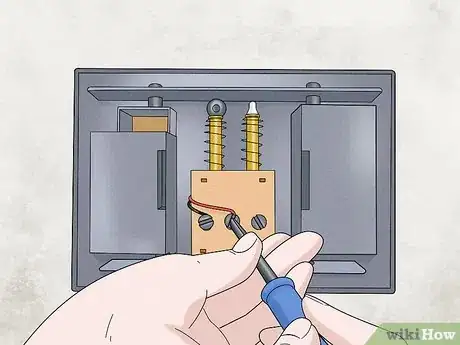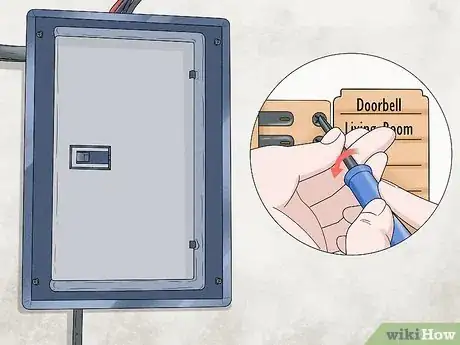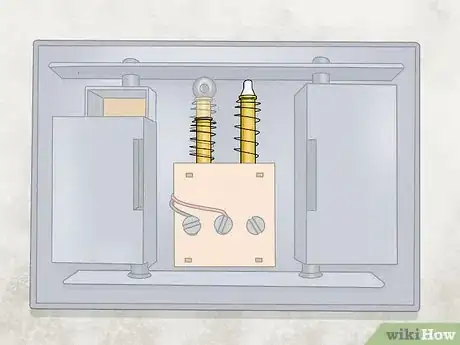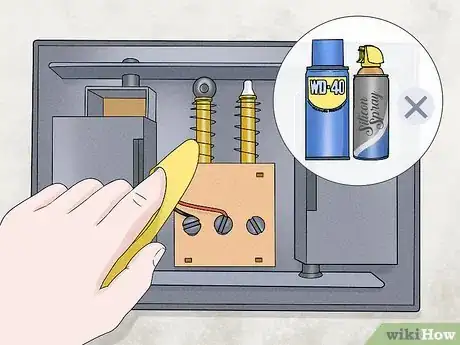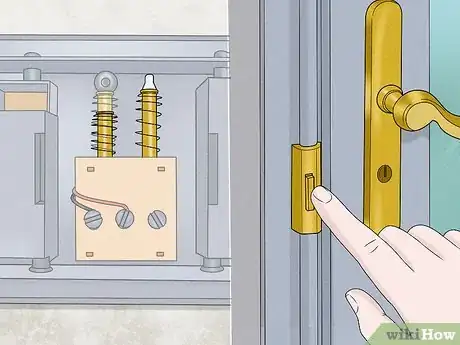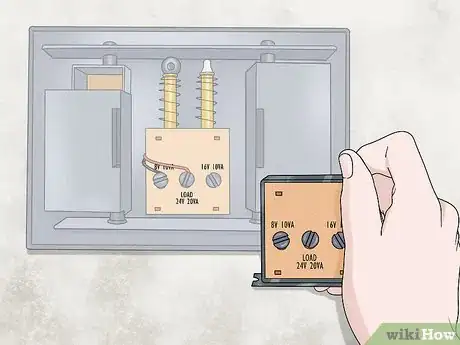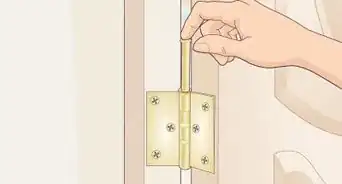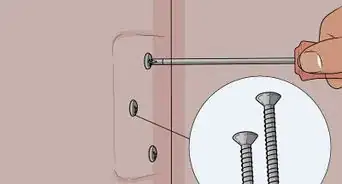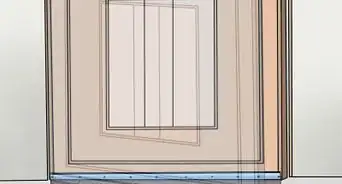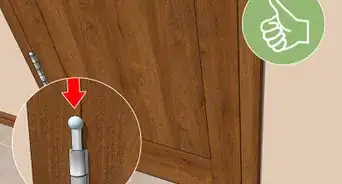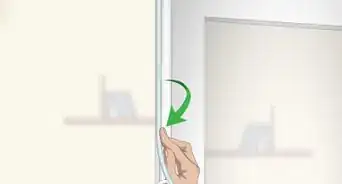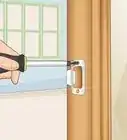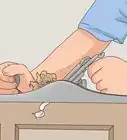X
wikiHow is a “wiki,” similar to Wikipedia, which means that many of our articles are co-written by multiple authors. To create this article, volunteer authors worked to edit and improve it over time.
This article has been viewed 125,981 times.
Learn more...
If your door chime no longer provides the familiar tones and merely hums or buzzes, you can probably fix it without too much trouble. Try this before replacing it.
Steps
-
1Remove the cover of the chime unit. Many times this cover will just hang on some tabs and can be removed by lifting it straight up. Other types may require that screws be loosened or removed.
-
2Look for obviously broken or missing parts. Reinstall if possible. Springs and plungers are basically the only moving parts for electro-mechanical chime units.Advertisement
-
3Tighten electrical terminal screws. Most units operate at 24 volts or less, and should not pose a shock hazard. You can determine this by looking at the wires. If the wires look to be closer in size to telephone wire - or low voltage thermostat wire, it is most likely the 24 volt (or less) type. Low voltage doorbell circuits usually originate at a small 120 volt to 24 volt (may be any value between 12 and 24 volts) transformer connected to the side of electrical panel. The presence of a transformer is also a good indication, too. In any case, treating the wiring as if it was line voltage (120 volts) will help prevent getting hurt.
-
4Listen carefully and then observe the moving parts while an assistant presses the doorbell button several times. A faint buzzing sound or slight movement confirms that the chime unit is getting powered.
-
5Check and tighten the electrical points (fuses and circuit breakers, terminal screws of the doorbell button(s), and transformer) if unable to hear or see the indications above and try again. If still unable to hear or see the indications above, just continue following the steps below.
-
6Check the plunger for freedom of movement. Gently push / pull the plunger(s). It may move only in one direction, but may move in both. If unable to move the plunger, or it moves but does not "spring back" into position, it is likely hanging up on dirt, dust, etc.
-
7Clean the moving parts of the chime unit. Do not use any kind of lubricant. No oil, no WD-40, no graphite powder, and no silicon spray. These may work for a short time, but will quickly attract dust and grime and gum up the plungers.
-
8Cleaning can be done in place or removed from the wall. Either way will require safeguarding the area from dirt, solvents, etc. If removing from wall, label the wires and terminals before disconnecting.
-
9Spray a short blast of electrical contact cleaner at the moving parts. Do not be surprised to see dirty contact cleaner dripping out of the mechanism. Attempt to move the plunger again. Continue to spray bursts while moving the plunger. The idea is to flush out any dirt, etc that has collected around the metal plunger body.
-
10Once the plunger is able to move freely, the chime unit is ready to be reconnected and tested by pressing the doorbell button.
-
11Compare the voltage rating of the chime (likely 12 to 24 volts) with the rated voltage output stamped on the transformer. These values must match. Replace either the chime or transformer so that the two have matching voltage values. Most doorbell transformers are marked with AC voltage, but also have a 25 VA (watts) rating -- do not confuse VA with AC volts.
-
12Remove wires from doorbell buttons and touch wires together. If chime works, replace doorbell buttons.
Advertisement
Community Q&A
-
QuestionAfter the doorbell is pressed, the chime goes continuously. What could be the problem?
 Community AnswerIt might be that the button is getting stuck in the pushed-in position, making the chimes continuously sound. Try taking apart the button and greasing it to keep it from sticking.
Community AnswerIt might be that the button is getting stuck in the pushed-in position, making the chimes continuously sound. Try taking apart the button and greasing it to keep it from sticking. -
QuestionMy doorbell developed a constant buzz. What would cause this?
 Community AnswerThe transformer is going out. It will need to be replaced. Compare the price of changing it with the price of replacing the whole chime.
Community AnswerThe transformer is going out. It will need to be replaced. Compare the price of changing it with the price of replacing the whole chime.
Advertisement
Warnings
- Do NOT lubricate the plunger. Lubricants attract and hold dust and dirt. This will cause the plunger to fail prematurely.⧼thumbs_response⧽
Advertisement
Things You'll Need
- Screw drivers
- Electrical Contact Cleaner (aerosol) from home center / hardware store.
About This Article
Advertisement


